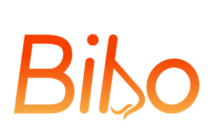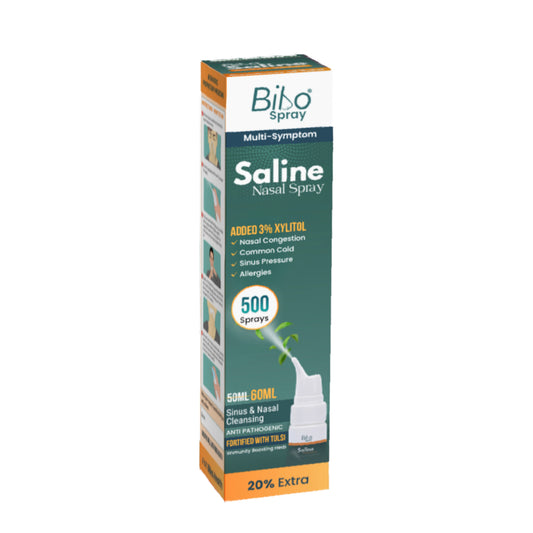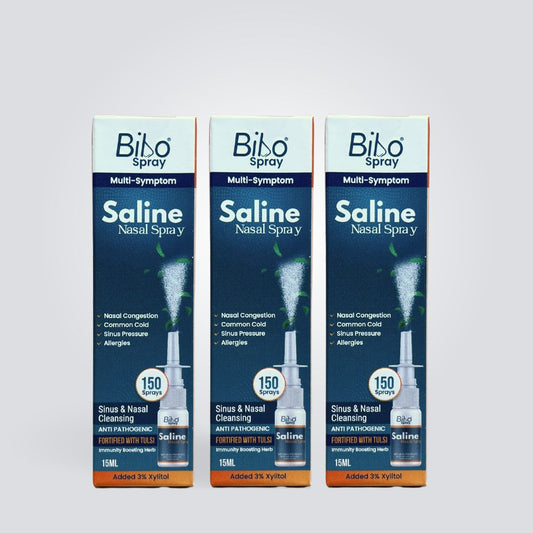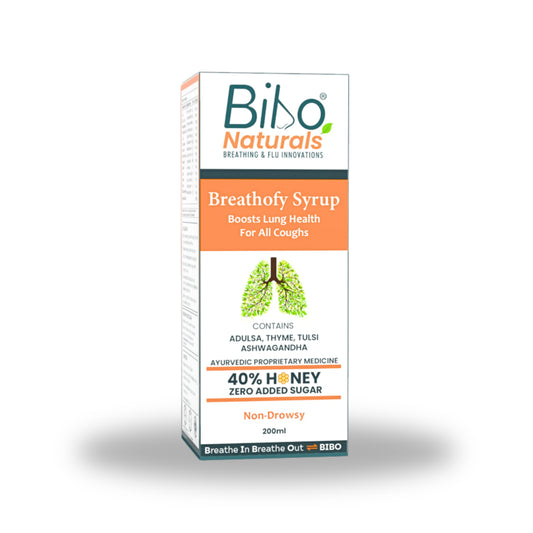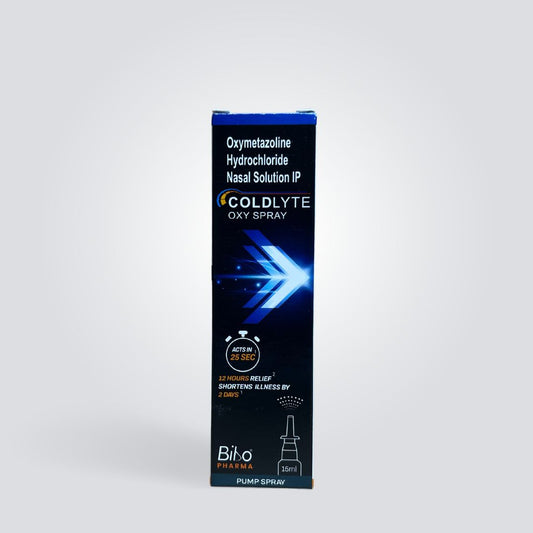
Sinusitis, commonly known as a sinus infection, can be an uncomfortable and irritating condition. It affects millions of people worldwide. It occurs when the sinuses, which are small air-filled cavities within the skull, become inflamed and blocked due to various factors such as allergies, infections, or structural abnormalities. While medical treatments are available, incorporating breathing exercises into your routine can provide additional relief and promote overall sinus health. In this blog, we will explore some simple yet effective breathing exercises that can help alleviate sinusitis symptoms and improve your well-being.
Breathing exercises for sinusitis:
Deep Nasal Breathing: Deep nasal breathing is a powerful technique that helps clear the sinuses and enhances airflow.
Here's how to practice it:
- Find a comfortable position, either sitting upright or lying down.
- Close your mouth and take a slow, deep breath through your nose, focusing on expanding your abdomen.
- Exhale slowly through your nose, emptying your lungs completely.
- Repeat this deep breathing pattern for several minutes, allowing your breaths to become calm and rhythmic.
Deep nasal breathing not only helps to flush out irritants but also promotes relaxation, reducing stress levels that can contribute to sinus inflammation.
Alternate Nostril Breathing: Alternate nostril breathing, also known as Nadi Shodhana, is a yogic breathing exercise that balances the flow of energy and promotes clear nasal passages.
Follow these steps to practice it:
- Sit comfortably with a straight spine and close your eyes.
- With your right hand, use your thumb to close your right nostril and your ring finger to close your left nostril.
- Begin by closing your right nostril and inhaling deeply through your left nostril.
- Once you've reached the peak of your inhalation, close your left nostril and exhale slowly through your right nostril.
- Inhale through your right nostril, close it, and exhale through your left nostril.
- Repeat this pattern, alternating nostrils with each breath, for a few minutes.
Alternate nostril breathing helps to balance the flow of prana (vital energy) and can relieve congestion by clearing the nasal passages effectively.
Steam Inhalation: Steam inhalation is a simple yet effective method to soothe inflamed sinuses and provide immediate relief from congestion.
Here's how to do it safely:
- Boil water in a pot or use a steamer.
- Carefully place your face over the pot or steamer, ensuring a safe distance to avoid burns.
- Inhale deeply through your nose, taking in the warm steam.
- Continue breathing in the steam for 5-10 minutes.
- You can enhance the effects by adding a few drops of eucalyptus, peppermint, or tea tree essential oil to the water.
Steam inhalation helps to moisturize and decongest the nasal passages, reducing inflammation and promoting sinus drainage.
Conclusion:
Incorporating breathing exercises into your daily routine can significantly improve sinusitis symptoms and promote sinus health. These simple techniques, such as deep nasal breathing, alternate nostril breathing, and steam inhalation, help clear the sinuses, reduce inflammation, and relieve congestion. However, it is important to note that while these exercises can provide relief, they are not a substitute for professional medical advice. Breathe freely and enjoy the benefits of these exercises as part of your overall sinusitis management plan.
